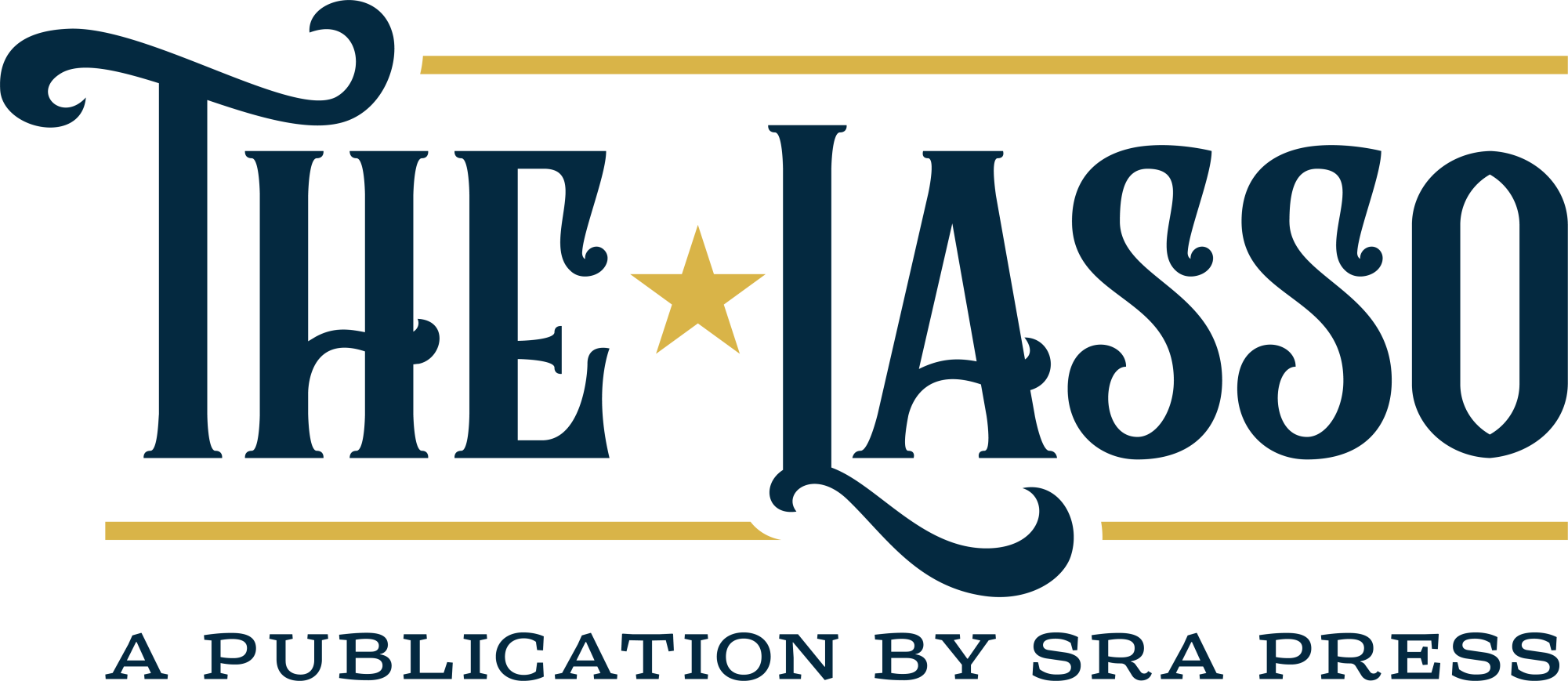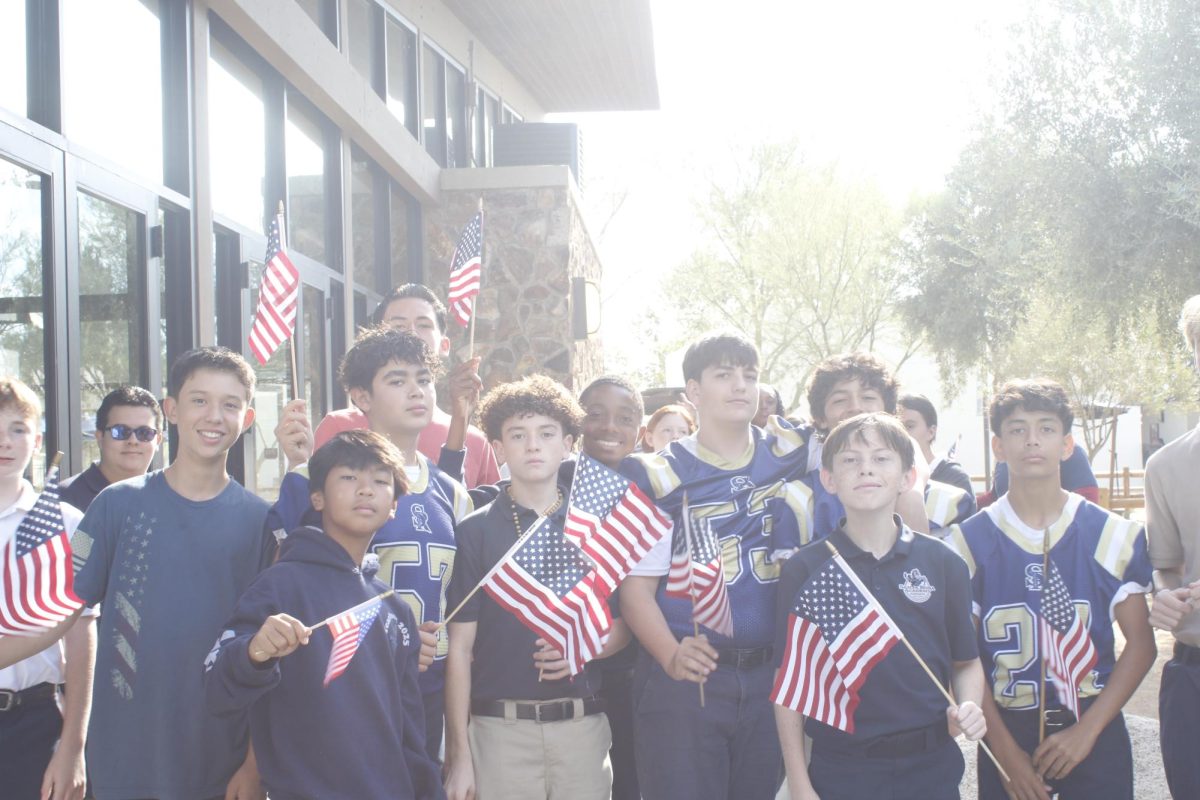Paranoia Agent’s art style is usually dark, crisp, and detailed. Made in 2005 by the late Japanese animator, Satoshi Kon. The art style used for the majority of Paranoia Agent matches the show’s subject matter well, with the show being a psychological horror/thriller. Paranoia Agent starts out as a show about a mysterious string of attacks performed by a mysterious boy (dubbed Lil Slugger) wielding a bent golden bat on golden skates and slowly turns into a study on mass hysteria and unhealthy escapism. The show invites itself to be discussed and interpreted openly, and so there has been plenty of discussion about it online. However, there is an aspect that is often overlooked. The various art style changes that occur at key moments during the series.
When a pre-established art style changes to a wildly different one in the middle of an episode, it can come off as incoherent and immersion-breaking. However, when done right, they can communicate things that just can’t be with dialogue. When asked what purpose they felt mid-episode art style changes served, an anonymous SRA student said “I feel like they’re usually used to show climactic moments”

Paranoia Agent uses its art style changes to masterfully communicate changes in the way characters feel, or, nearing the end of the series, how they perceive the world around them. In this article, I’ll be going over the earliest, and possibly most unnerving example of this, a scene nearing the end of episode two. However, some exposition is needed to understand what led to the moment when the art style changed. Throughout the episode, rumors that popular middle school boy, Yūichi Taira, is the one responsible for the Lil’ Slugger attacks spread around town like wildfire. The only evidence for this accusation is that he too wears golden skates and a red cap, like Lil’ Slugger.
Despite the lack of evidence, suspicion of Yūichi grows, and more and more people begin to avoid him. His reputation and way of life is destroyed, when the boy’s birthday rolls around, the only people to show up are his mom and his tutor. Once the most popular boy in school, he had lost it all because of the actions of some kid he didn’t even know. Soon after, the day Yūichi was supposed to deliver a speech for his campaign to become student president rolled around. Knowing no one would want to vote for the kid suspected to be Lil’ Slugger, Yūichi locks himself in his room and has a meltdown. The show’s art style turns from dark and crisp to warbly and abstract, with over-saturated colors. The world around Yūichi warps and transforms to show how unfamiliar and hostile it seems to him now that everyone hates him. Through his perception, people take nightmarish forms as they accuse him of being Lil’ Slugger, exclaiming things like “Murderer!” and “I knew you were the one who did it!” as Yūichi stumbles through the streets, trying to find solace from the accusations of the townspeople.
“Personally, I think the art style used is very dramatic,“ SRA Junior Benny Camou said when shown this scene.

This all culminates in an amazingly eerie scene, where Yūichi sees the real Lil’ Slugger skating towards him in the distance. He stops running and stands there, relief washing over his face as joyful but… off music plays as Lil’ Slugger keeps moving towards Yūichi. The bright and nauseous-looking town’s streetlights bend and wiggle as Yūichi turns around and yells out “Everyone! It’s Lil’ Slugger! The real Lil’ Slugger!” but there is no longer anyone there. Yūichi doesn’t seem to care anymore, as he turns back to Lil’ Slugger with an ecstatic look on his face, too lost in the sense of vindication he felt. He stands there, a smile on his face as Lil’ Slugger’s bat hits him.
This scene is just one of several examples of a Paranoia Agent using art style shifts to convey something powerful. It showcases how effective tools art styles in general are, and how emotions can be conveyed through them and shifts within them.















